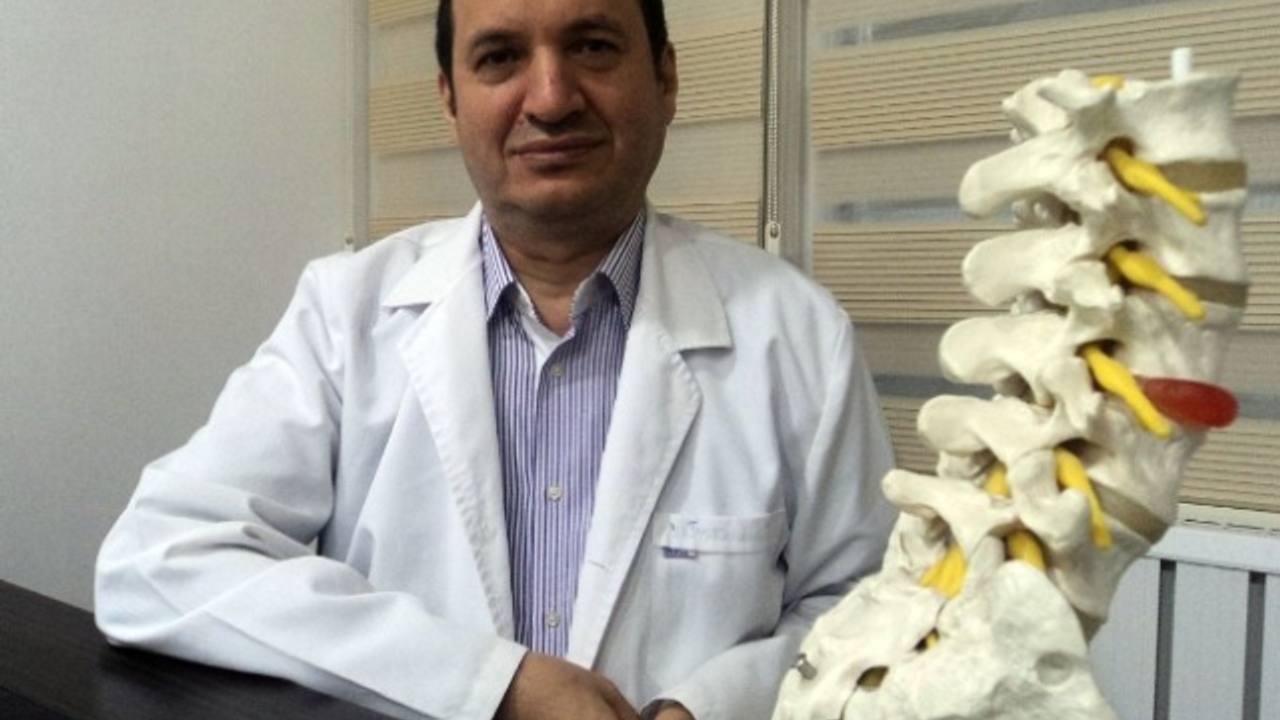Pregnancy is a period when waist and back pain are very common. It is unsafe to have an x-ray, MRI or CT scan in patients with lower back pain during pregnancy. There are also problems with using medication. Surgical interventions should be avoided during pregnancy unless absolutely necessary.
What kind of postural changes occur during pregnancy?
Depending on the weight of the growing uterus during pregnancy, the body's center of gravity changes, and as a result, the spine is under more pressure than it normally bears. As the baby's weight increases, the load on the spinal joints, ligaments and discs increases. The natural curvatures of the spine change. As a result, lower back pain, pubic pain, and sciatica occur. Headaches, shoulder pain, back pain, and neck pain occur due to posture disorders.
In addition, all joints, especially the joints in the pelvic bones, relax under the influence of hormones (relaxin hormone) to prepare for birth. All these cause expectant mothers to experience low back pain and sciatica complaints frequently.
Precautions you can take to experience less back pain complaints
1. Excessive weight gain should be avoided.
2. Lower back muscles should be kept strong and flexible with regular exercise
3. Good posture habits should be acquired; A healthy posture is very important in terms of evenly distributing the weight to the bones, muscles and ligaments in the spine. A correct posture is a natural posture that puts minimal stress on joints and ligaments.
4. Use of healthy shoes; Low-heeled shoes should be preferred throughout the entire pregnancy period. Both high-heeled and low-heeled shoes can increase the complaints of low back pain and sciatica by increasing the load on the ligaments connecting the spine bones.

























